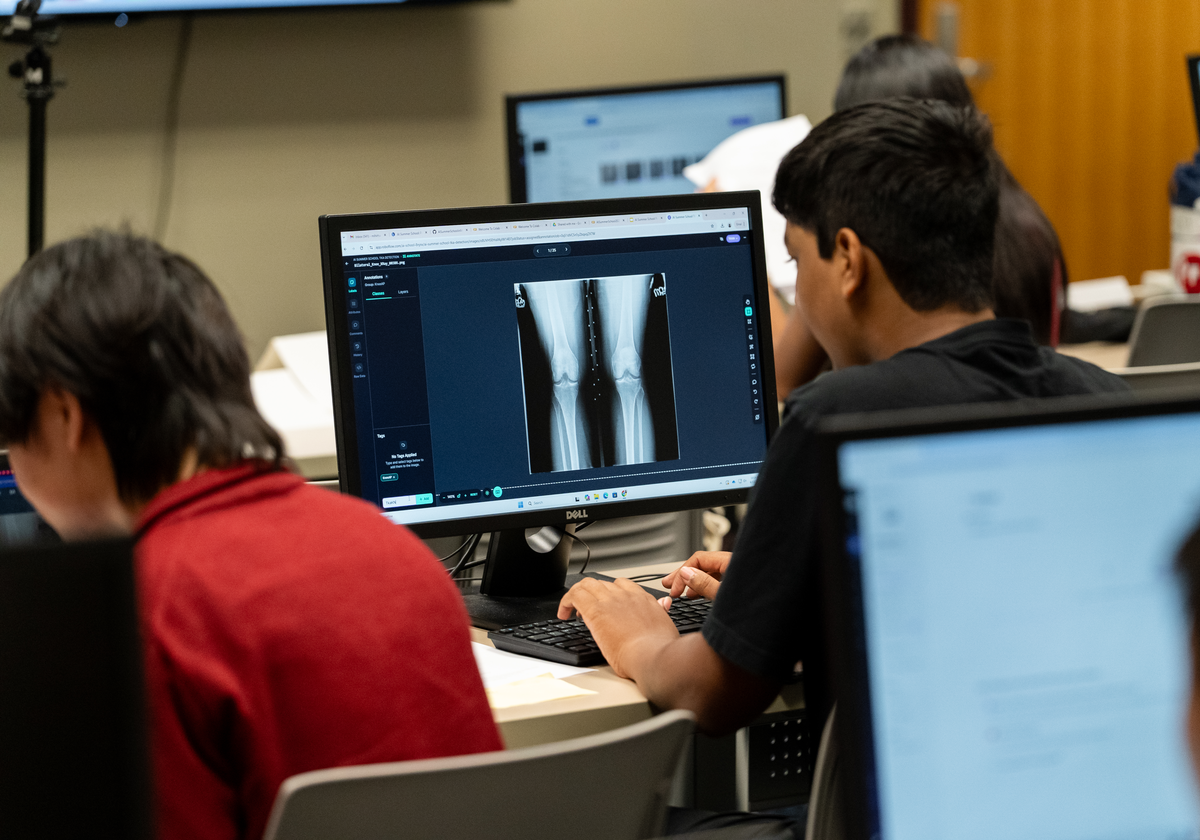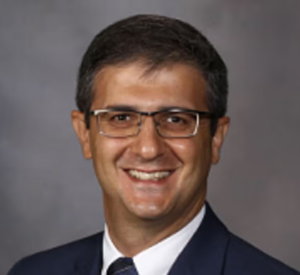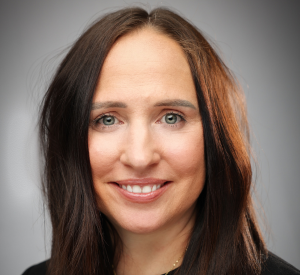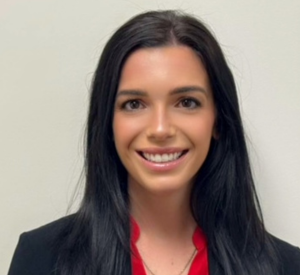The Pitt AI-Powered Medical Imaging Informatics Summer School returned for its third year in June, bringing high school students in grades 11 and 12 to Pitt for a week-long deep dive into the intersection of artificial intelligence (AI) and health care. Alongside the Department of Health Information Management, the summer school was a collaborative effort between the Pitt HexAI Research Laboratory, the Computational Pathology & AI Center of Excellence (CPACE) and the IEEE Computer Society.
This year, the summer school brought in 35 students (18 in-person and 17 via Zoom) from Illinois, Texas, Maryland and Pennsylvania, all eager to explore and discuss the fundamental concepts of AI.

In 2023, Ahmad Tafti, assistant professor and director of the Pitt HexAI Lab, launched the first iteration of the AI Summer School. Tafti’s passion for advancing health care through explainable AI, particularly in medical imaging, laid the foundation for this program.
“The initiative was driven by a commitment to building the next generation of innovators in AI-powered health care,” Tafti said. “The summer school aims to provide high school and community college students with hands-on experience in AI applications within medical imaging, preparing them to tackle real-world challenges in the field.”
Expanding the Accessibility of the Program
One of the biggest changes this year was that the program was offered both in-person and online, extending accessibility to students from broader geographic areas. Additionally, the sessions from the prior two years were expanded upon for this new group of students, offering more engaging material.
“This year, we enhanced our hands-on practice sessions to provide an even more interactive and practical experience with AI tools and medical imaging technologies, ensuring participants gain deeper skills and confidence,” Tafti said.
Students were tasked with a variety of AI projects, such as basic image analysis tasks, medical image localization and classification, and data preprocessing and augmentation.
Student Experiences
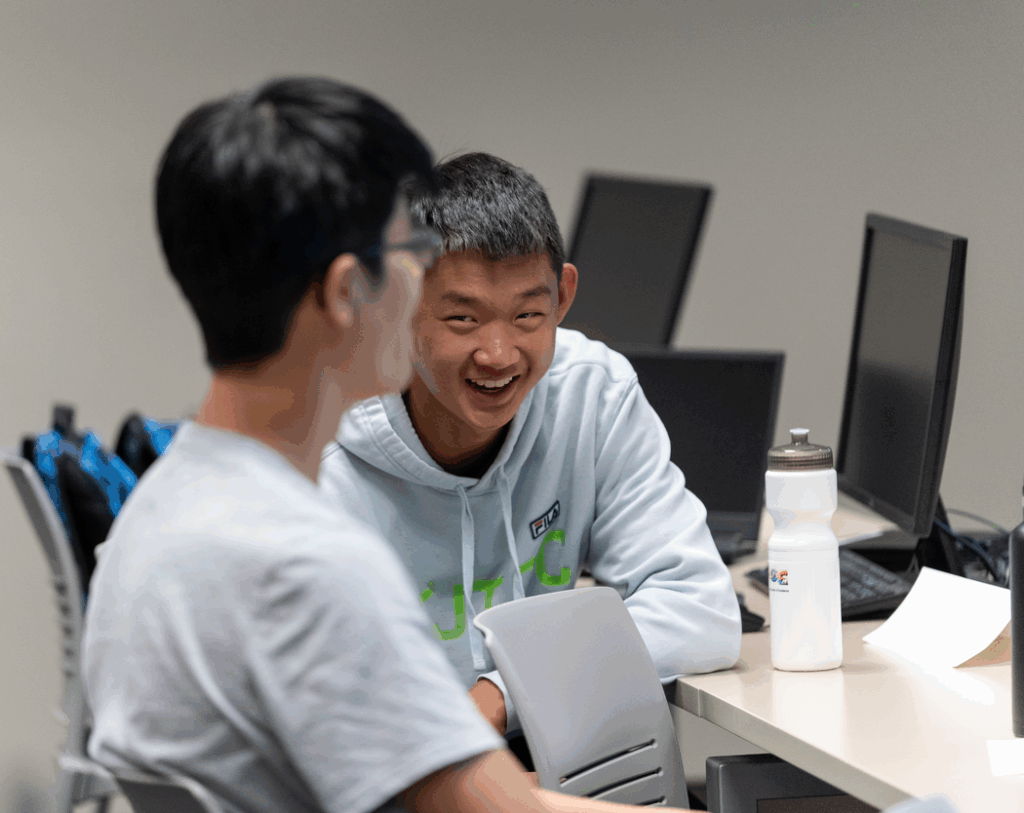
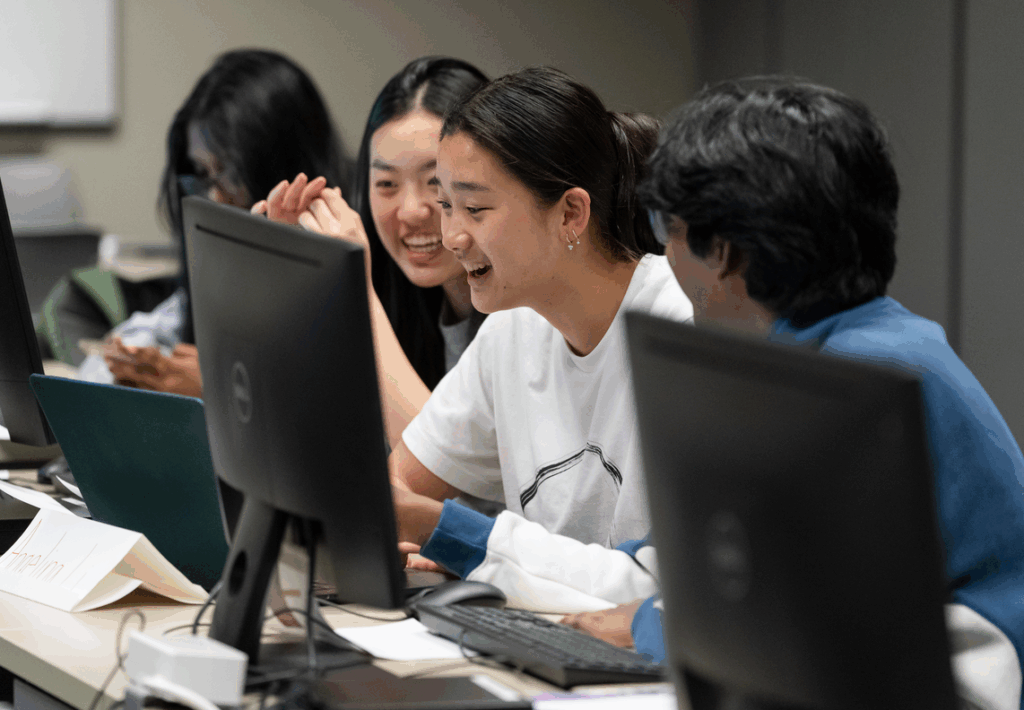
High school students from all around the U.S. were able to connect during the summer school.
The high school students who attended each had different backgrounds and were interested in a variety of different fields, both indirectly and directly related to AI.
Siddharth Kumar is a rising junior at Upper St. Clair High School who is interested in pursuing finance after graduation. Kumar said that learning about AI at the summer school helps him to see how AI can be integrated into his own career path.
“Even though this program is marketed more towards medical students, there are many parts about it that can be applied to a variety of different fields and interests,” Kumar said. “I initially thought AI was a simple topic, but I learned a lot, especially about deep learning and intelligent agents, and it has taught me how complex AI can be.”
Featured Speakers
Each day of the summer school was led by a featured speaker or instructor who provided valuable insights and taught lessons pertaining to their area of expertise. Hooman Rashidi, executive director of CPACE, associate dean of AI in Medicine and professor of Pathology, and Liron Pantanowitz, chair of the Department of Pathology and professor of Pathology, School of Medicine, served on the summer school’s organizing committee and participated as keynote speakers. Department of Health Information Management Assistant Professor and Clinical Education Coordinator Taylor Cronauer and Vice Chair for Research and Assistant Professor Yanshan Wang, along with new Doctor of Chiropractic Assistant Professor Rose Olson were among the guest lecturers who shared their expertise with the students.
Olson was one of the featured speakers during the AI Summer School. She spoke to students about evidence-based practice, a tool used to make clinical decisions using the best available resources to support those decisions. She presented the “Five A’s” model, standing for ask, acquire, appraise, apply and assess, which guides clinicians through the process of gathering and applying evidence.
“While this process can be time-consuming, AI has the potential to make it faster and more efficient, leading to better patient outcomes and higher quality, consistent care.”
Olson also asked that the students come up with a research question and demonstrate how they could use AI to help clinicians.
“One student suggested using AI to measure patient outcomes and another student suggested assessing the diagnosis rate of cancer patients using AI,” Olson said. “They had very good questions and were engaged in the discussion of how to use AI to improve tools for clinical purposes. It was very impressive seeing young students so engaged about AI, even if they may not plan on being clinicians.”
Understanding the Reach of AI
Marcus Zahn, a senior at Sewickley Academy, is interested in electrical and computer engineering. While his career interests are not directly tied to health care, Zahn said the program is beneficial for any student, no matter their intended career path.
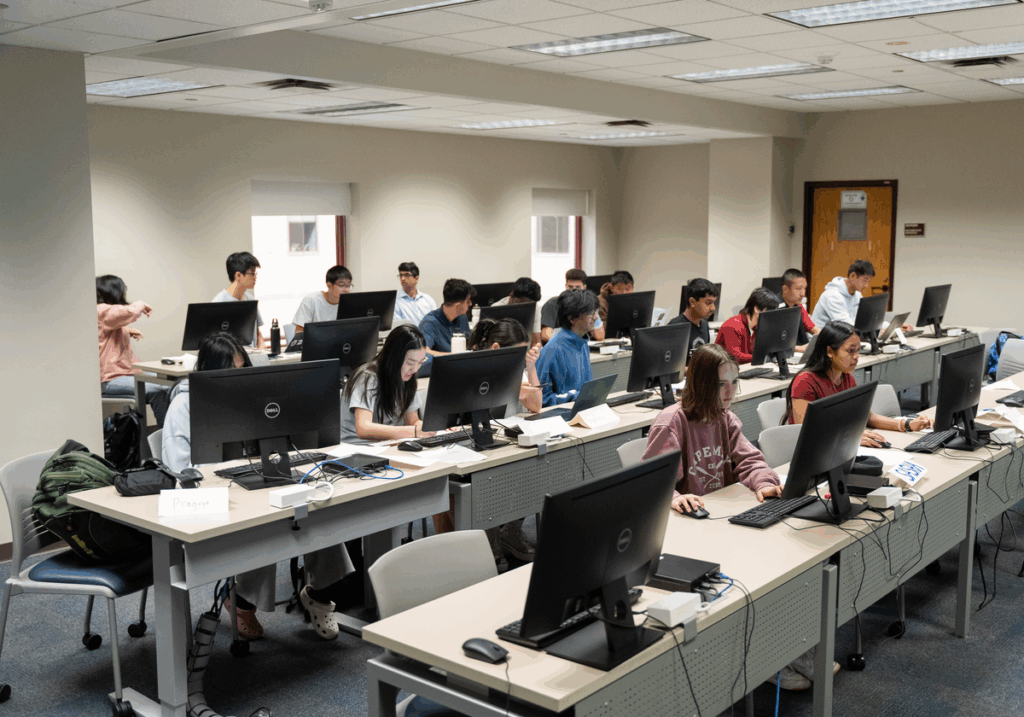
“I would definitely recommend this program for anyone interested in AI,” Zahn said. “I had some prior knowledge beforehand, but I’m walking out every day with new knowledge, so this school is for anybody. You’ll definitely learn something new.”
Olson said that resources such as the Pitt AI Summer School are necessary tools for students to understand the impact and reach of AI.
“I think that we have to teach this new generation of students how to ethically use AI, and that’s going to be a very important piece,” Olson said. “We can’t really fear AI and we can’t deny it’s there. So the best thing we can do is teach our students how to use it in the workforce.”
